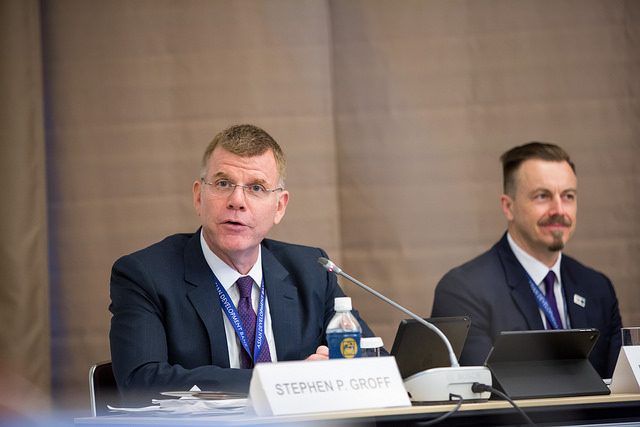SUMMARY
This is AI generated summarization, which may have errors. For context, always refer to the full article.

YOKOHAMA, Japan – Four years ago, the Asian Development Bank (ADB) set off to achieve development targets to assist progress in Asia and the Pacific.
The targets were for wide-ranging concerns – education, energy, transport, health, among others. Overall, the ADB achieved most of them, according to the 2016 Development Effectiveness Review (DEfR) released here on Friday, May 5, at the 50th ADB annual meeting.
“ADB’s efforts in reforms are working and performance is improving,” said ADB vice president for East Asia, Southeast Asia and the Pacific Stephen Groff during the presentation of results. “Indeed we are becoming stronger, better, faster.”
According to the report, ADB surpassed 62% of its targets for development results and operational and organizational effectiveness. It also achieved some new records.
But the report acknowledged the widening inequality in heavily populated countries in the region, as well as persistently high maternal and child mortality rates.
The bank approved $17.5 billion in financing in 2016 from its own resources, and attracted another $13.9 billion in cofinancing, both record highs. It reached a new high of disbursing $12.48 billion, as well as surpassed its target of 50 transactions for public-private partnerships, by supporting 58 from 2013-2016.
ADB’s achievements over the past 4 years include:
- ADB financed the building and upgrading of 34,000 kilometers (km) of roads and 1,400 km of railways
- Installation of 13 gigawatts of new power generation capacity, a third being renewable, and grid connection of 692,000 households
- New or improved water supply reached 3 million households
- 5.7 million people (40% women) benefited from improved availability of financial services
- More than 2 million teachers were trained
- Nearly three quarters of projects achieved ADB’s targets for gender mainstreaming, a measure that assesses the extent to which projects integrate gender issues.
Crucial unfinished agendas
Despite these successes, however, ADB failed to reach 38% of their targets, including some crucial agendas.
Among them include 330 million people who still live below the poverty line, while the number of people living just about that line further increased to 844 million.
“These people are at high risk of falling back into extreme poverty in the event of personal misfortune or macroeconomic shocks,” the report said.
It also pointed out that while inequality declined in places where it was considered high, it grew in many of the populous countries in the region. Maternal and child mortality targets were also not met, and neither were those for access to better sanitation facilities. Also in health, more women in the region are living with HIV.
Other major challenges include environmental sustainability, with the region’s carbon dioxide emissions growing faster than other areas in the world.
As an organization, the ADB noted that while project success rates have increased and more development finance was approved, mobilized, and deployed in developing member countries, it said it can still improve on other aspects including better project design, improved quality at project inception, and improved risk assessments for non-sovereign projects. Other issues include project sustainability, the lengthy processes for procurement, project approval, and implementation. Average delay in completed projects remain at about 2 years.
According to ADB’s Bernard Woods of the Strategy, Policy, and Review Department, the bank will address these challenges by implementing a transitional results framework for 2017-2020, which is aligned with a long-term strategic plan ADB is currently developing from 2020 to 2030.
Efforts are being made to boost project readiness, minimize delays, improve efficiency, and raise overall success rates through procurement reforms. The bank is also aiming to raise women’s representation among international staff and optimize human resources. – Rappler.com
Add a comment
How does this make you feel?
There are no comments yet. Add your comment to start the conversation.